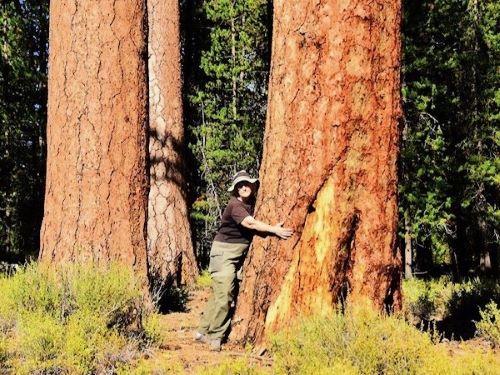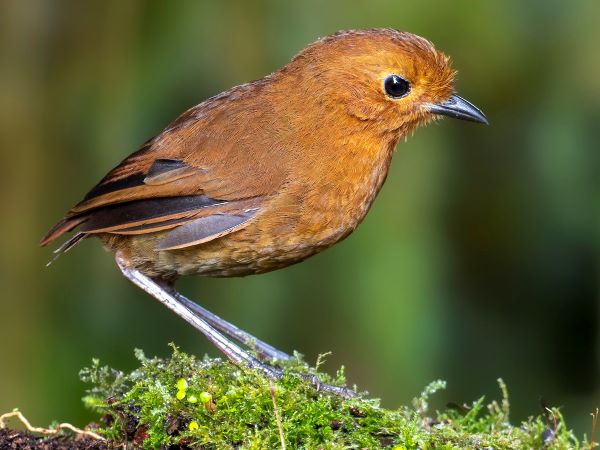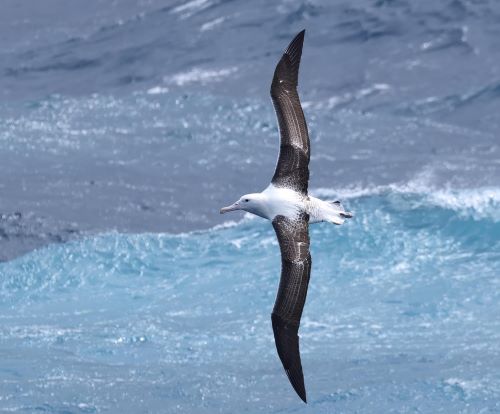Meet our new Habitat Haven volunteer. Evelyn Sherr has joined Lane Audubon’s Habitat Haven Backyard…
 A tall wading bird is often seen standing alone in fields and wetlands searching for snakes, frogs, and fish. It stands quietly, still, and poised to strike. This is how we see the Great Blue Heron most of the year. But that all changes in mid-February.
A tall wading bird is often seen standing alone in fields and wetlands searching for snakes, frogs, and fish. It stands quietly, still, and poised to strike. This is how we see the Great Blue Heron most of the year. But that all changes in mid-February.
From 1993 to 2000, I observed a Great Blue Heron colony of more than 60 nests, located on an island at the confluence of the Willamette and McKenzie rivers. Although controlled by a sand and gravel company, I was originally given permission to go on the island for the annual Christmas Bird Count. After several years I was granted permission, and a key, to enter the property on weekends.
Each year the activity level in the giant cottonwood trees jumped from zero to bustling in one in mid-February week. The nests, clustered in the crowns of giant cottonwoods at the northern end of the island, would be empty one Saturday, then occupied the next Saturday by a hundred birds. The change was startling, and I was excited each February to see it happen. The number of nests ranged from a low of 48 to a high of 63, with an average of 58. Most of the nests clustered within the crowns of seven trees near a slough that cut through the island.
The herons spent many days repairing nests damaged by winter storms or building new ones. One winter I discovered that one of the cottonwoods had fallen. I don’t know if the herons tried to keep the same nests from year to year, but I observed no fighting over nest sites.
The herons greeted their mates with grunts and growls and a gift of a branch to be embedded into the nest. By March, I could see adult herons sitting low in their nests incubating eggs. My ability to see the nests diminished as the foliage thickened. However, in April I could hear the “che che che che” sounds of more than a hundred young birds. The calls of the young birds were background noise throughout the forest. By May, the sounds emanating from the young birds changed to a lower pitched “grr grr grr” sound. In June, the nests were mostly hidden above the dense foliage, but I could tell by the diminished noises from the nest sites that the young had fledged. They had left the colony and dispersed throughout our area.
The colony that I watched has disappeared. In 1999 a pair of Bald Eagles set up a nearby nest, and within one year the colony was abandoned and re-established in several locations throughout our area.
Now it is time to look for the gathering of these great birds into their nesting colonies. You’ll likely find them near Delta Ponds, a few nests in Alton Baker Park, and a large colony in the Nature Conservancy’s Willamette Confluence property. Most are much smaller than the one I observed. Enjoy the return of these solitary hunters and communal nesters.
— Dennis Arendt



